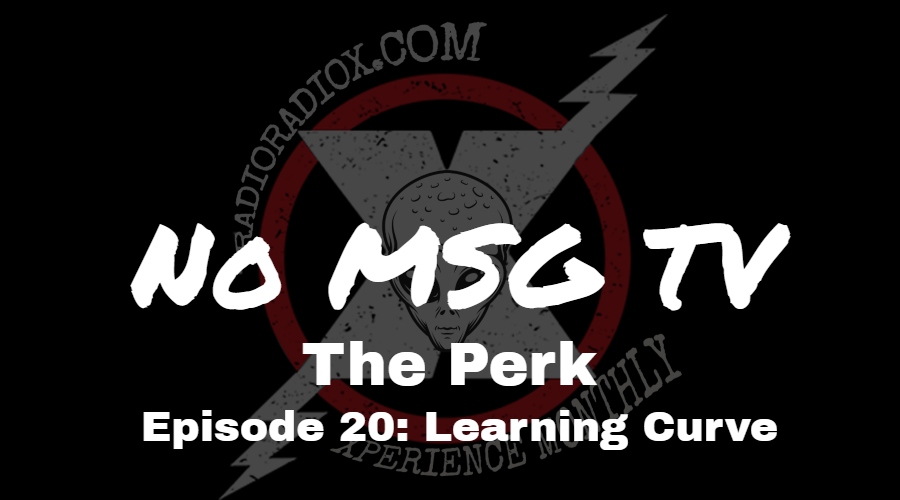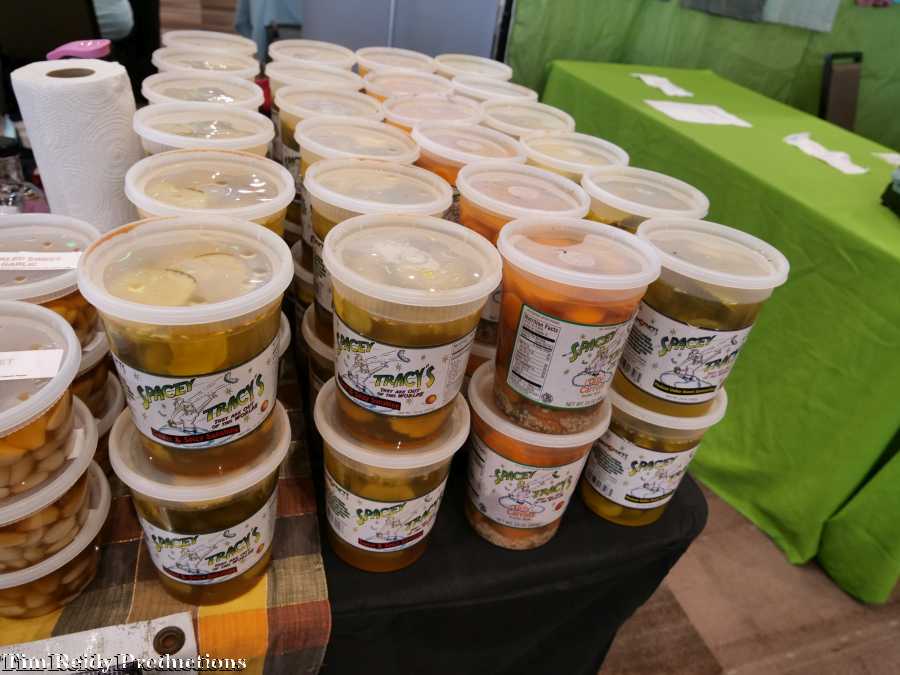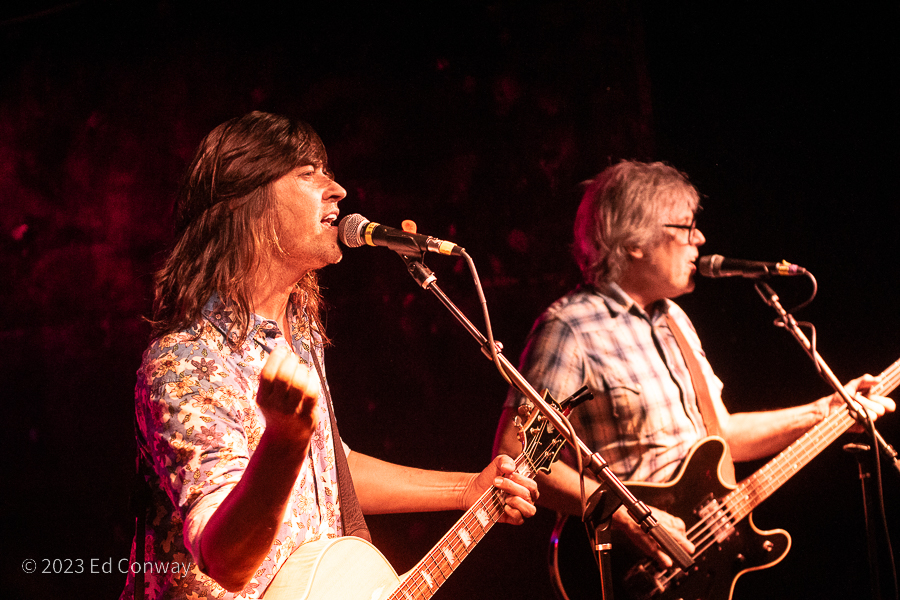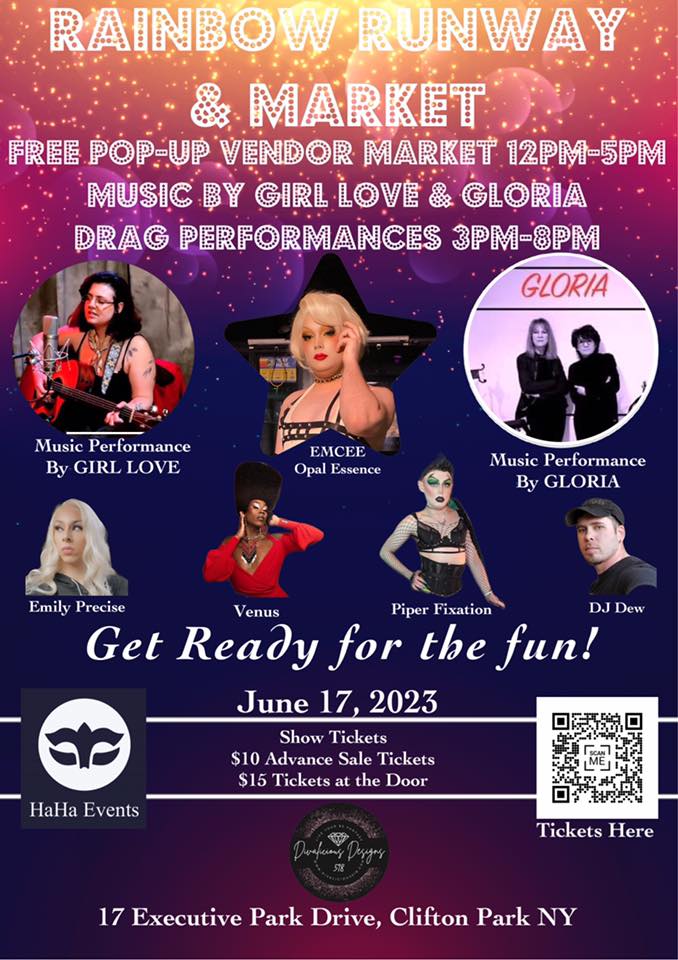Outlaw Country – Breaking Out of Nashville
By Staff on June 14, 2023
Outlaw Country.
Two pearl-handled six-shooters rest in front of the dressing room mirror, framing a liter of dark amber bourbon and a pile of cocaine that may very well have given birth of the euphemism “skiing.” A young Waylon Jennings stared into his reflection: a rough man, haggard as Merle, the road and the crushed gravel stones and the broken hearts staring back at him. He grabs his twins and tucks them in holsters made from scraps of suede.
Hopefully, by now, you know I’m just making this up. At no point in his life did country star Waylon Jennings ever need to fashion holsters from scrap suede. The circles Jennings was in, they likely had real holsters on fire sales. The illustration was that of an outlaw, and Waylon Jennings was indeed an outlaw, thought maybe not the way one might think,
This isn’t a story about Waylon Jennings, though it could be. Others have done more with less. This is a story about a music that had to fight to exist, a music that saw Jennings as a founder – the music of outlaw country.
Now if you hear the phrase “outlaw country,” you may think of beering and brawling, and you might see a man like Waylon Jennings exactly as I described him. And as the whole breadth of outlaw country played out, you, we, wouldn’t always be wrong. There was beering. There was brawling. There was violence, and in some cases, people got killed. But no one started outlaw country to extoll the virtues of fifteen-to-twenty years. It was never about imprisonment, it was about freedom.
To begin, you had Nashville. In an earlier piece, we covered Motown in Detroit, and how Berry Gordy produced hit after hit in a very tightly-controlled process. He wasn’t doing anything that Nashville wasn’t doing with country at that time; perhaps just doing it better. But Nashville, in the 60s and into the 70s, was very produced, very “rhinestone cowboy.” It was vapid, and devoid of the honesty and raw emotion that country was capable of. A few musicians found Nashville to be robbing country music of its soul for commercial success.
Waylon Jennings was one such musician. And he was the real deal. He only lived because he gave up his seat on Buddy Holly’s airplane, and, after joking that he’d hoped the plane would crash, actually had to experience it crashing. Jennings had that as just one pain in him guiding some real feeling. And Nashville just wanted another rhinestone cowboy.
Things could’ve gone differently id Waylon Jennings hadn’t come across Neil Reshen, a tough-as-nails manager that got Jennings not only his creative freedom as an artist, but a boatload of cash (which at that time was seventy-five-thousand-dollars) to put something together, songs to cover art. With Reshen’s help, Jennings was able to release hit albums, including “Lonesome, On’ry and Mean,” “Honky Tonk Heroes,” “Dreaming My Dreams” and “Ol’ Waylon.” And of course Jennings had a friend, a country, folk, and jazz artist (and now famous marijuana advocate) named Willie Nelson, who also wanted creative freedom.
When people look at the “outlaw country” period, it wasn’t that long, and there weren’t a million people doing it. We had Waylon Jennings, Willie Nelson, a renaissance man Kris Kristofferson, Tompall Glaser; a possible, actual, murderer named David Allen Coe; Billy Joe Shaver, who was acquitted for shooting someone in the face, Sammi Smith and Jenning’s wife, Jessi Colter (who took the name of her great grandfather, real outlaw Jess Colter.)
A definitive album for the outlaw country explorer would be Wanted! The Outlaws, by Jennings, Nelson, Jessi Colter and Tompall Glaser grouped four new songs and seven older tunes for a set that was an instant crossover hit. This came out in 1976, so we’re not talking about the first thing to ever be called “outlaw country” – that could, and should, be debated.
Another album to come out that was emblematic of outlaw country was The Highwaymen, with Jennings, Nelson, Johnny Cash, and Kris Kristofferson.
Johnny Cash wasn’t mentioned thus far as a progenitor of outlaw country music, and here’s why. While he could be the ultimate outlaw, and should be acknowledged as such, he was already huge when outlaw was in its infancy. So he had an outlaw period, but it was part of a much larger career.
Musically, outlaw country was different than the kind of country coming out of Nashvile. It had rock and roll in it. It based a lot on blues and honky tonk. At the time outlaw country was coming into it’s own, Nashville was working with a traditional country with folk blending. Outlaw country was sharing roots with bands like Lynyrd Skynyrd and the Eagles.
Outlaw country, sadly, did go away. For one, while the real concept of “outlaw” was about the Nashville sound and rebelling from it, the rough life, some of which became expected by fans, took its toll. Waylon Jennings had DEA troubles over coke. Violence did break out at concerts sometimes, especially when they were in dive venues, and people got hurt. And really, some of the outlaw performers just got older and gave it up.
Outlaw country gave us something good. It was a hard look at life that could only be shown if the candy smiles of the industry could be chipped away even for a moment, and for a moment, they were. And there are people in country today pushing the envelope. Wanna see outlaw country today? Look no further than Lil’ Nas X.
So no, maybe not six-shooters. Maybe two RCA contracts with cigarette burnholes in them. One says Waylon and the other says Willie, and both were on the table for a brief slice of time like flash paper. Two versions of what could’ve been. Two rhinestone-jacketed stand-ins in a cavernous echo chamber called the Grand Ole’ Oprey. So rough people with dreams beyond the velvet curtain broke free of their chains and committed their first real laws – escape.





 RadioRadioX
RadioRadioX